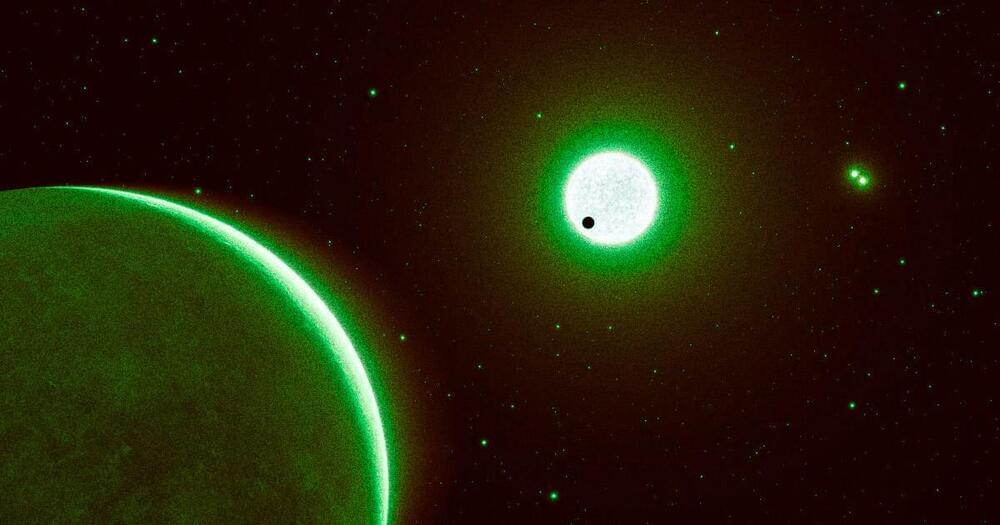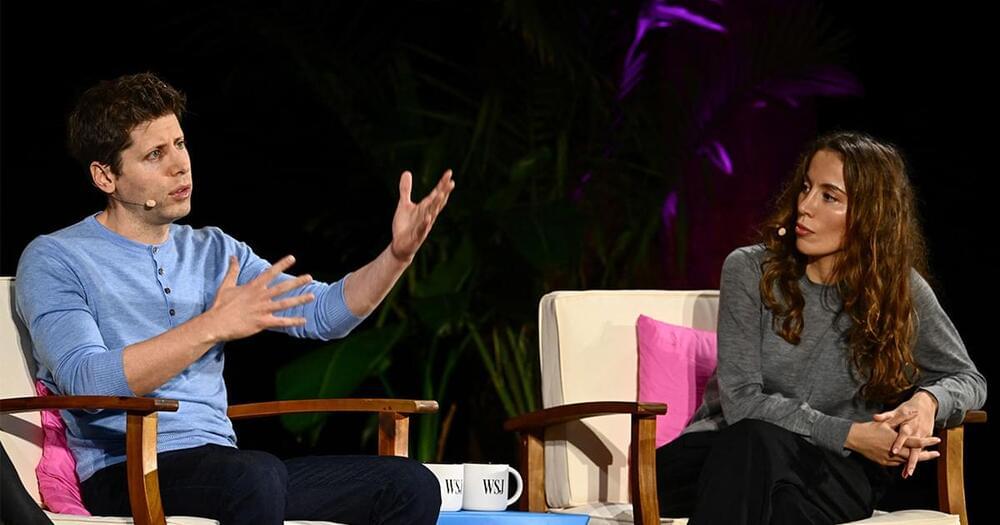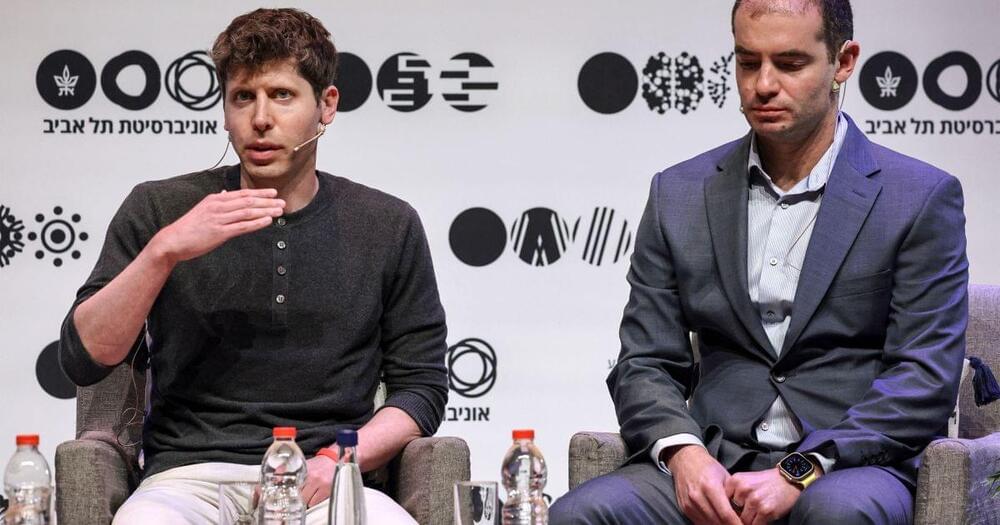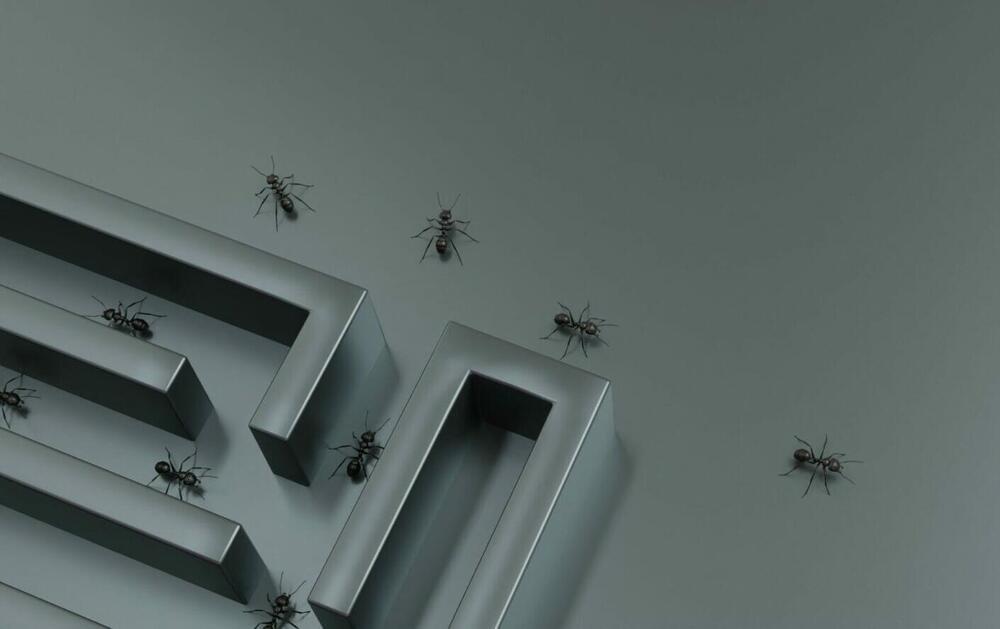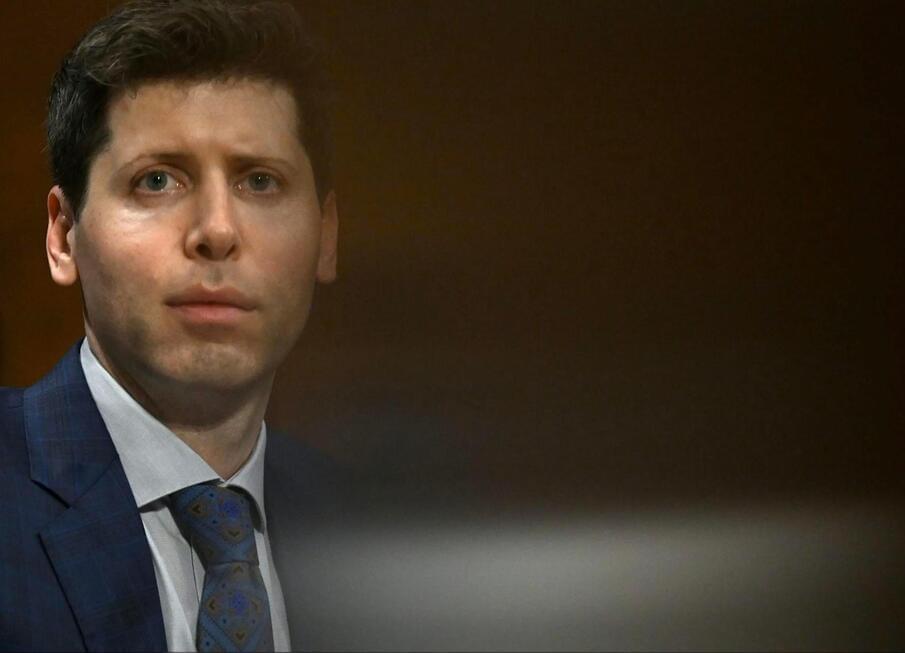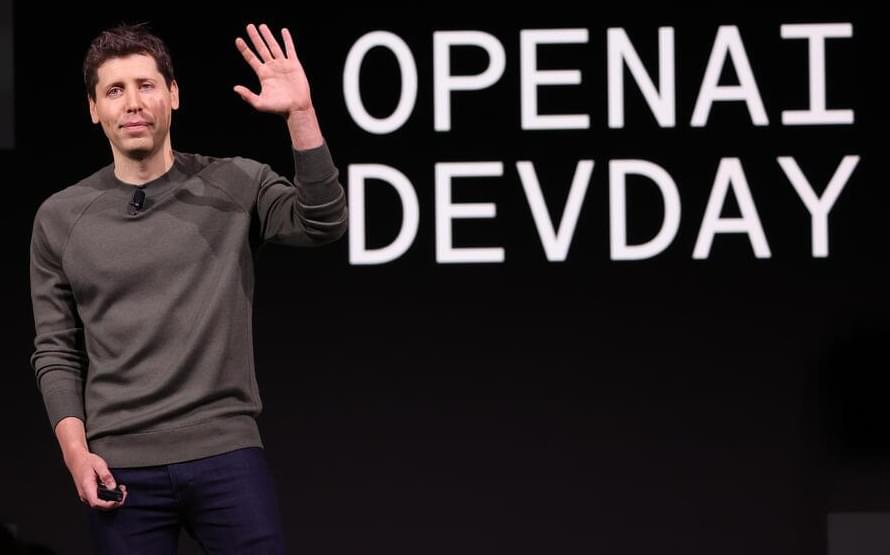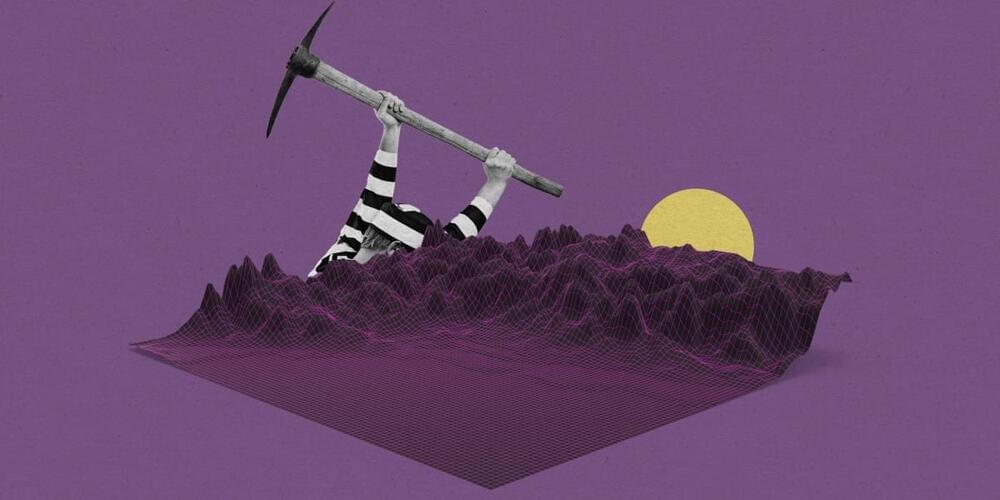Nov 18, 2023
Watch this robot install solar panels in Arizona [video]
Posted by Genevieve Klien in categories: robotics/AI, solar power, sustainability
Terabase Energy has successfully completed its first commercial solar installation using Terafab, its automatic solar-installing robot.
The Terafab robot – aka the “construction automation platform” – installed 17 megawatts (MW) of the 225 MW White Wing Ranch project in Yuma County, Arizona, on which solar tech company Terabase Energy is working alongside developer Leeward Renewable Energy (LRE) and contractor RES.
The Terafab robot completely eliminates the manual lifting of heavy steel tubes and solar panels – an industry first. Terabase Energy says that its robot achieved labor productivity improvements of 25% compared with manual installation, and the setup improves working conditions for solar technicians, as they’re housed in shaded and cooled conditions. The robot’s precision also enables the 100% return of solar panel packaging for reuse by the manufacturer.

